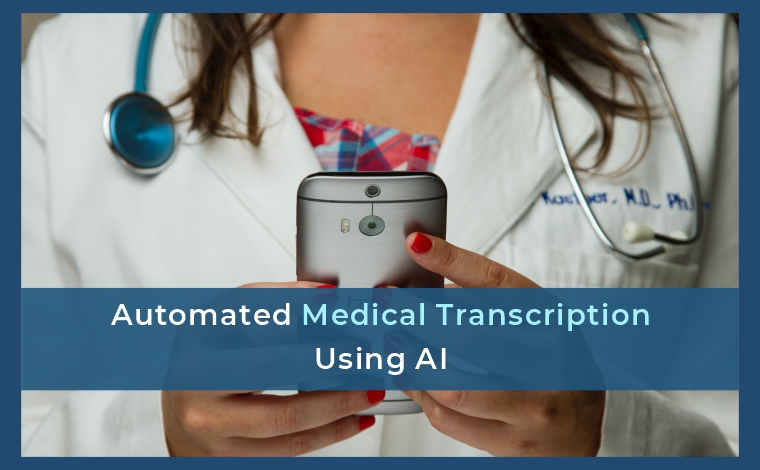
Physicians are now readier than ever to concentrate on treating patients rather than devoting time to endless administrative tasks. Artificial Neural Networks (ANN) are slowly changing data science, medicine, and the corresponding translation industry. Today, we will examine the utilization of AI and translation technologies in medical transcription to work out how data science, medicine, and translation work together for the end-users.
We are learning that since machine intelligence programs learn very quickly when loaded with plenty of data, where they parse much contextual information. They will not know contextual cultural knowledge, but they respond well to contextual visual clues consistent with medical research. As this text poses, software algorithms are learning to overtake human intelligence, and they are becoming good at learning patterns through layers of incrementally increased massive data over the long run.
With the pandemic of 2019, the importance of AI to unravel problems within the medical field, then relay this information to the final public by translation took on an urgent note. Artificial neural networks (ANN) work as the building blocks of AI tools for virtual physicians, medical transcription, and diagnosis identification, and not just for medical research issues. That said, artificial neural networks (ANN) are revolutionizing medical research by the fair use of digital imaging, identifying new diseases, and much more. Instead of using AI to form a virtual physician with no need for human doctors, the foremost popular field emerging from ANN research implies a successful collaboration between humans and machines known as medical transcription. Medical transcription may be a specialized medical service that’s slowly adapting to the changes within the health profession.
Automatic Speech Recognition (ASR) technology, built with ANN (often used within the translation industry), is rolling into the medical field, where doctors dictate to nurses and patients. By recording the doctor’s interaction with the patient, speech-recognition technology can automate doctor’s visits without the tediousness of piled documentation. Medical transcription with ASR helps in everything from updating the patient’s Electronic Health Record (EHR) to automating medical charts, marking medical appointments, and putting in doctor-to-doctor referrals.
There are varying degrees of language problems to unravel with ASR, from code-switching from one language to different dialects, limited by few language pairs and recognizing cultural contexts. That is why it is best to utilize the services of a medical transcriber from the interpretation industry since the industry has specialized linguistic expertise and technical medical knowledge. Hopefully, speech recognition gets more advanced as this technology becomes more commonplace in hospitals and clinics in a world capacity.
